According to the update as of the afternoon of September 11, PVI Insurance has recorded more than 500 property insurance losses, with an estimated total loss claim of more than VND 2,000 billion, not including losses in motor vehicle and personal insurance.
Thus, the estimated loss level increased very quickly. Previously, on the morning of September 9, PVI Insurance had only recorded 210 property insurance losses, with an estimated compensation amount of VND320 billion, not including losses in motor vehicle and personal insurance.
This is an unwanted historical loss for the insurance industry, including PVI.
In addition, a number of other insurance companies also announced preliminary figures on the damage caused by storm No. 3 - Yagi. Postal Insurance (PTI) estimated that by the evening of September 9, the compensation would be no less than 150 billion VND. Meanwhile, Petrolimex Insurance (PJICO) also received more than 500 loss cases, with estimated damage of hundreds of billions of VND...
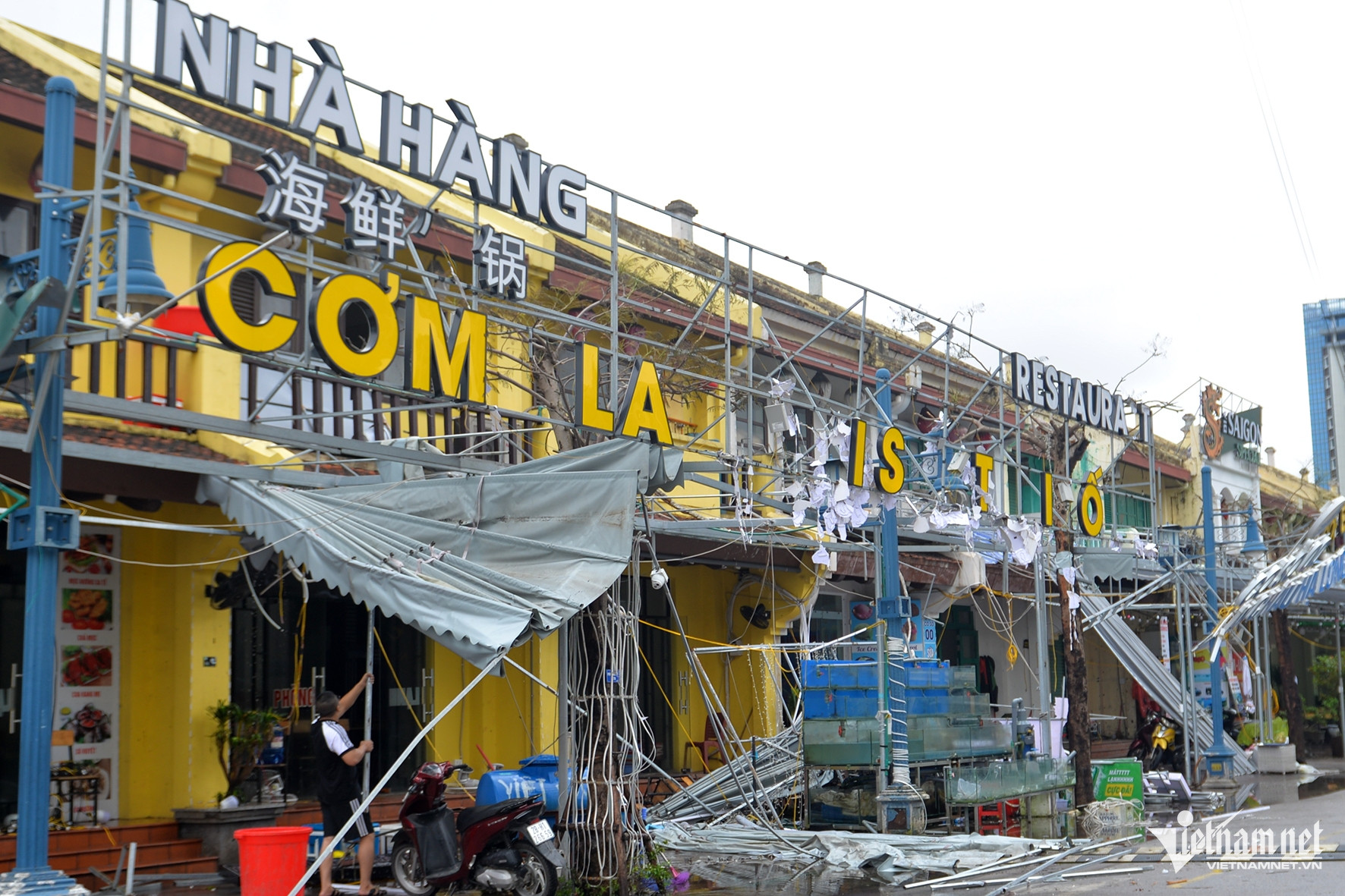
Many other insurance companies such as BIDV, Saigon Hanoi Insurance, Bao Viet Insurance and VietinBank Insurance, Aviation Insurance (VNI) also recorded hundreds of losses for each business as of September 9-10.
The rate of recording property insurance losses may increase rapidly due to complicated developments after the storm, including flooding in many northern provinces and cities with major economic centers. Therefore, the estimated damage could reach thousands of billions of VND.
In life insurance alone, 6 businesses have recorded human losses from customers participating in life insurance contracts damaged by storm Yagi and floods in the northern provinces and cities.
In recent sessions, insurance industry stocks have been under strong downward pressure.
Although the damage amounted to thousands of billions, the reserves of these businesses were also quite large. Insurance companies affirmed that they would ensure maximum benefits for customers in the fastest time.
By the end of the second quarter of 2024, PVI had cash and cash equivalents of more than VND 613 billion; short-term financial investments of more than VND 10,600 billion (including nearly VND 1,528 billion in securities trading, more than VND 9,157 billion in investments held to maturity). Long-term financial investments reached more than VND 3,631 billion.
Also according to the financial report, by the end of the second quarter of 2024, PVI had a reserve of nearly VND 15,900 billion, of which the compensation reserve was more than VND 6,903 billion and the unearned cost reserve was VND 8,519 billion.
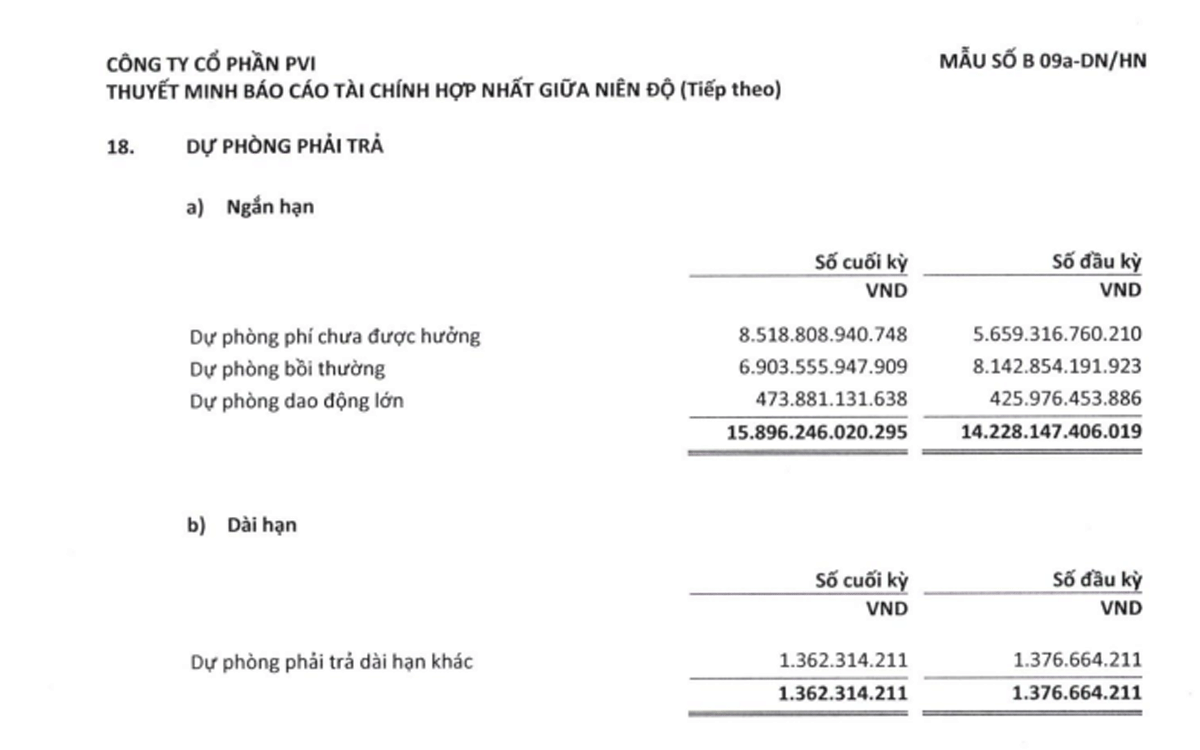
At Post and Telecommunication Insurance (PTI), according to the financial report, at the end of June 2024, PTI recorded nearly VND 745 billion in cash. Short-term investment to holding date was more than VND 3,330 billion. Long-term investment to holding date was more than VND 582 billion.
By the end of the second quarter of 2024, PTI has reserves of more than VND 4,082 billion, of which compensation reserves are nearly VND 1,424 billion.
Similarly, other big companies such as Bao Viet Insurance or Bao Minh are also insurance companies with large reserves, including two segments: pure insurance reserves and reinsurance reserves.
In terms of scale, PVI Insurance is the non-life insurance company with the leading market share in Vietnam, surpassing giants such as Bao Viet Insurance or Bao Minh. Last August, this company increased its charter capital from VND3,500 billion to VND3,900 billion, thereby becoming the leading company in the non-life insurance industry.
On the stock exchange, PVI shares have decreased in 8 of the last 10 sessions, with only 1 session showing a slight increase. PVI's price has decreased from about 49,100 VND to 44,400 VND/share as of the afternoon of September 11. Its capitalization has dropped sharply to 10,400 billion VND.
PVI Insurance recorded a breakthrough growth when in 2021, for the first time, PVI's non-life insurance business achieved revenue of over 10,000 billion VND.
The company's major shareholder is HDI Global SE (holding more than 41%) - a member of Talanx Group - top 5 largest non-life insurance groups in Europe. Vietnam Oil and Gas Group (PVN) is the second largest shareholder with 35% ownership; Funderburk Lighthouse Limited owns more than 12.6%.
Vietnam's insurance market has been vibrant since 2021 with a series of businesses reporting strong profit growth such as Pjico Insurance (PGI), MIG, BIC, Bao Viet (BVH)...
The Covid-19 pandemic has had a significant impact on the production and business activities of many enterprises. However, the insurance group still maintained good growth.
Insurance companies advise customers to immediately notify the insurance company via phone, email, or appropriate official communication channels of initial information such as: Location of the incident, brief description of the damage; photos of the initial damage scene (if any).
The insurance assessor or designated assessment unit will approach the scene to exchange and share information, inspect the scene to assess the loss and at the same time guide the customer to provide detailed records.
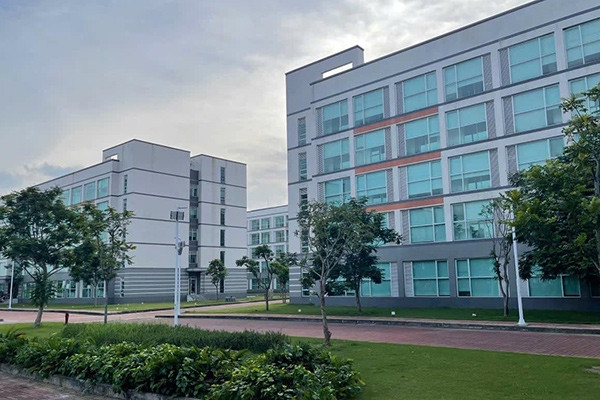
Source: https://vietnamnet.vn/nhieu-nghin-ty-ton-that-do-bao-ong-lon-bao-hiem-viet-co-bao-nhieu-tien-du-phong-2321218.html


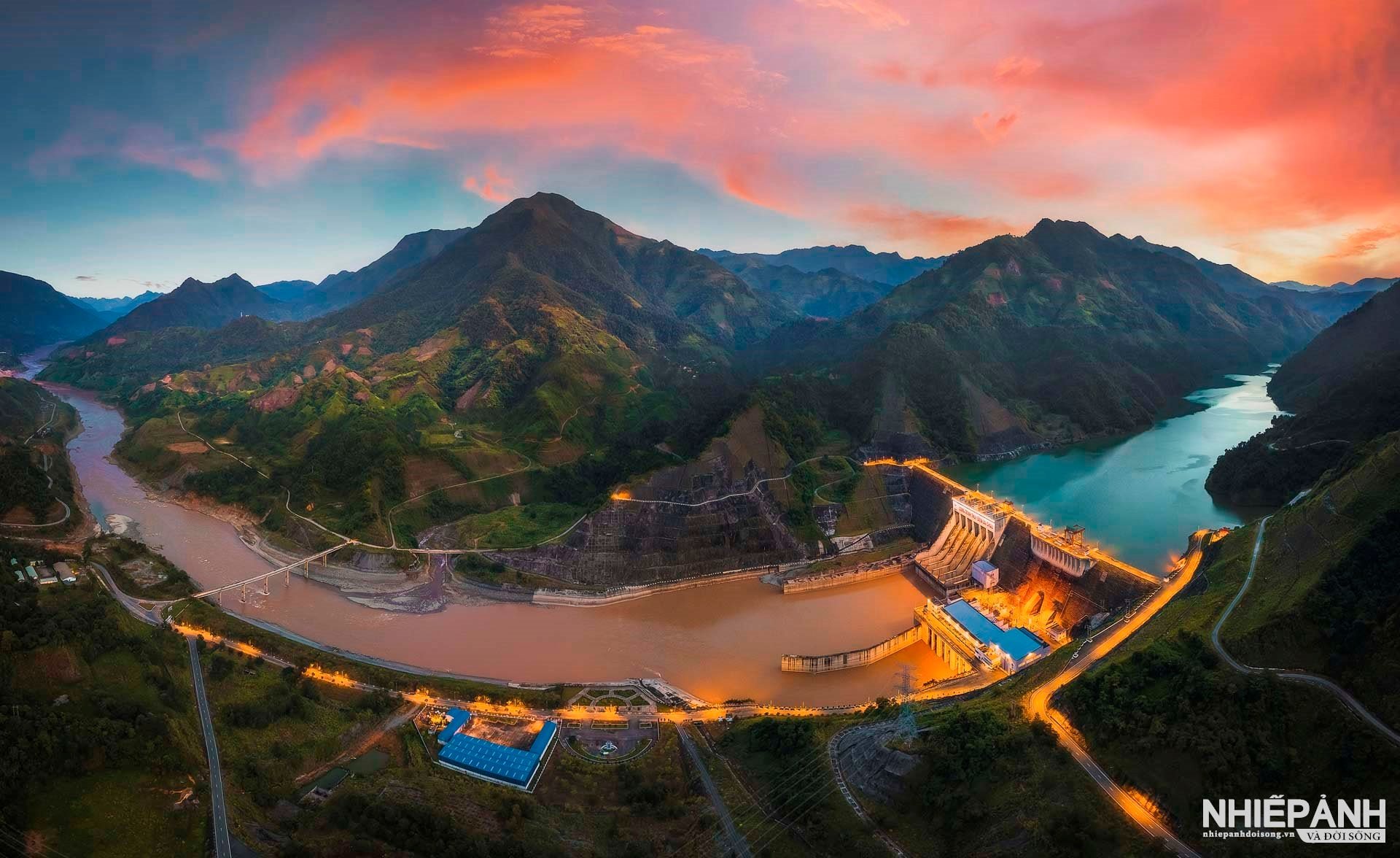
![[Photo] Ministry of Defense sees off relief forces to the airport to Myanmar for mission](https://vstatic.vietnam.vn/vietnam/resource/IMAGE/2025/3/30/245629fab9d644fd909ecd67f1749123)

![[Photo] Prime Minister Pham Minh Chinh receives delegation of leaders of US universities](https://vstatic.vietnam.vn/vietnam/resource/IMAGE/2025/3/31/8be7f6be90624512b385fd1690124eaa)

![[Photo] 2nd Conference of the Party Executive Committee of Central Party Agencies](https://vstatic.vietnam.vn/vietnam/resource/IMAGE/2025/3/31/8f85b88962b34701ac511682b09b1e0d)

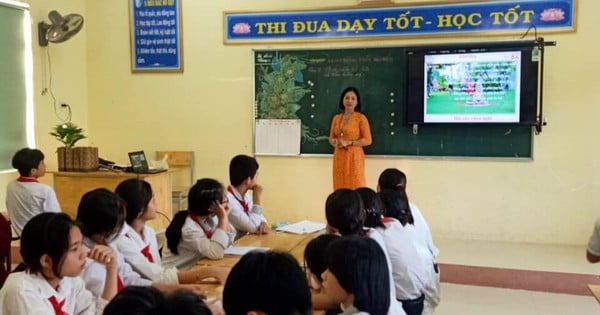



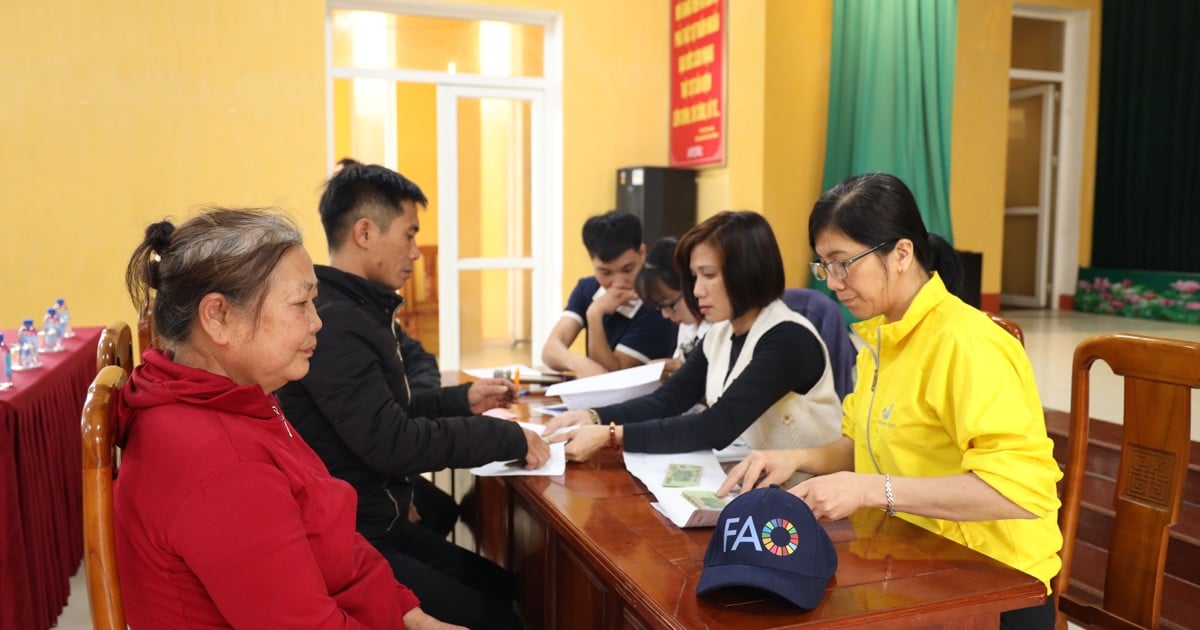



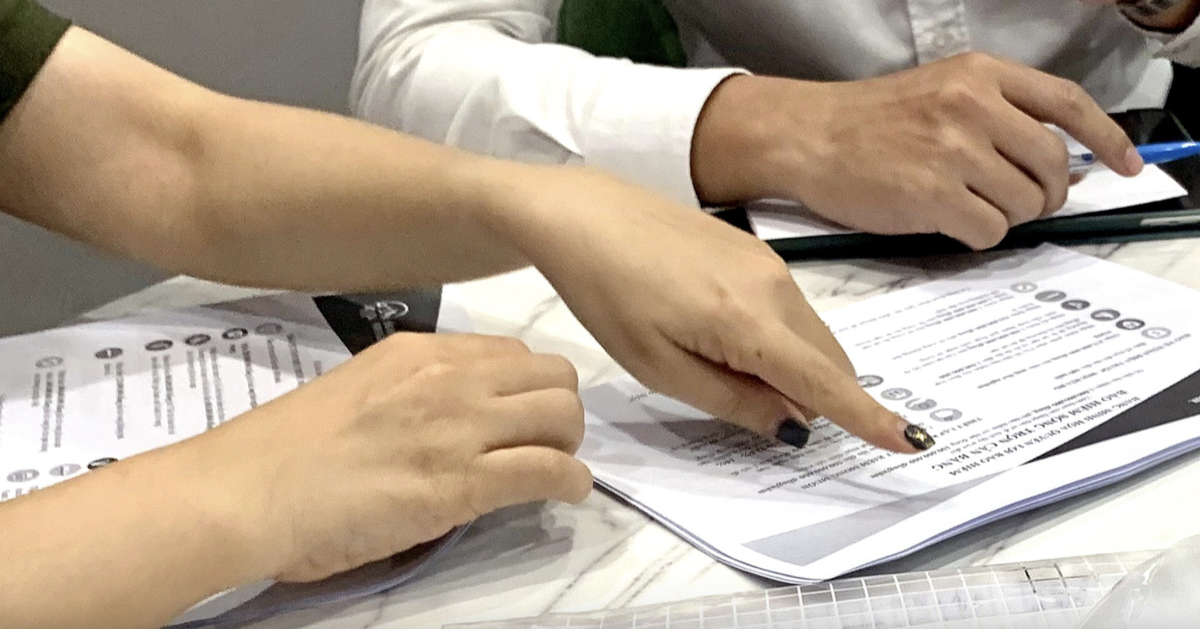

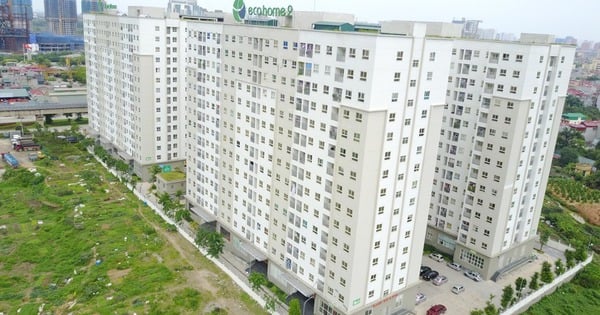
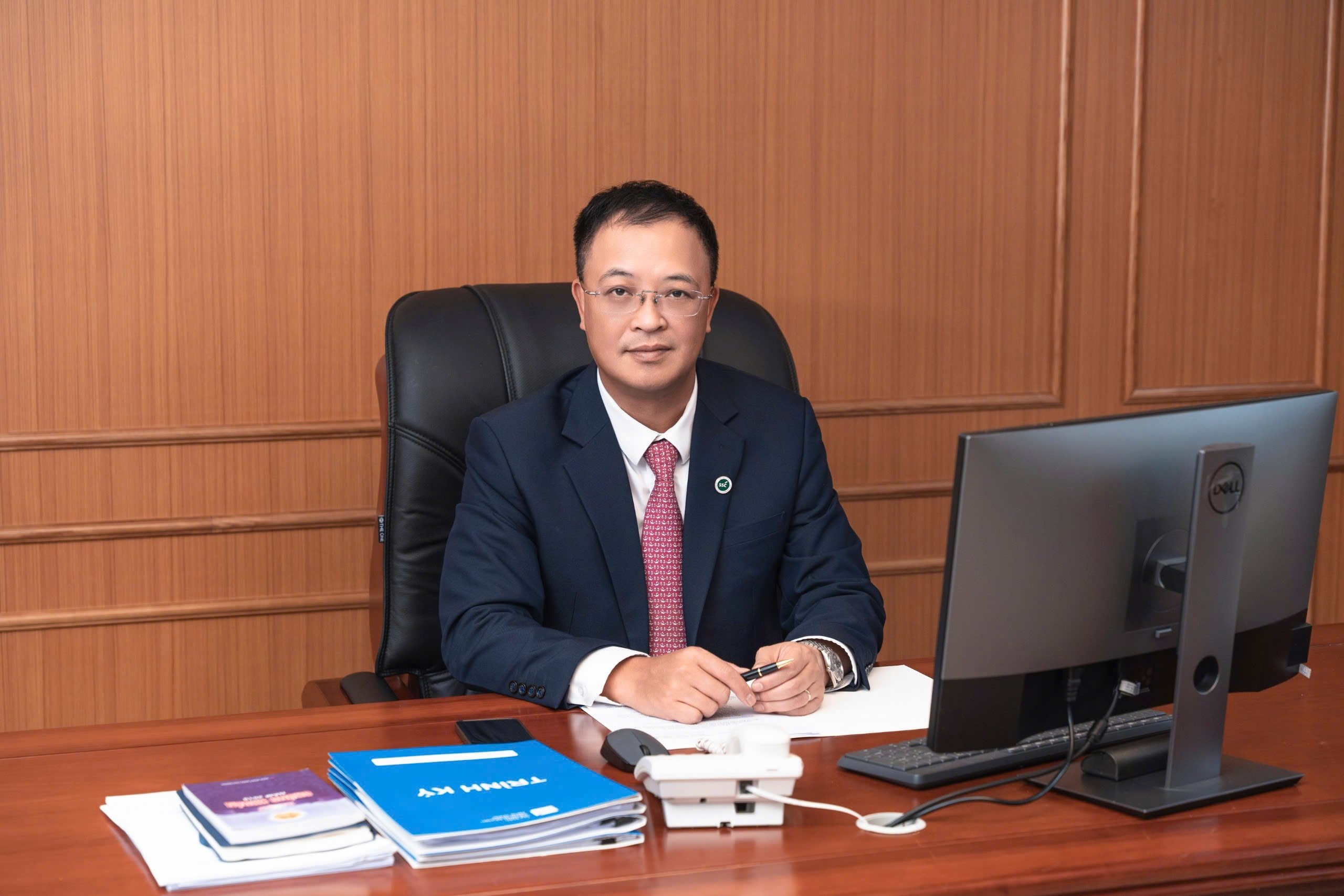

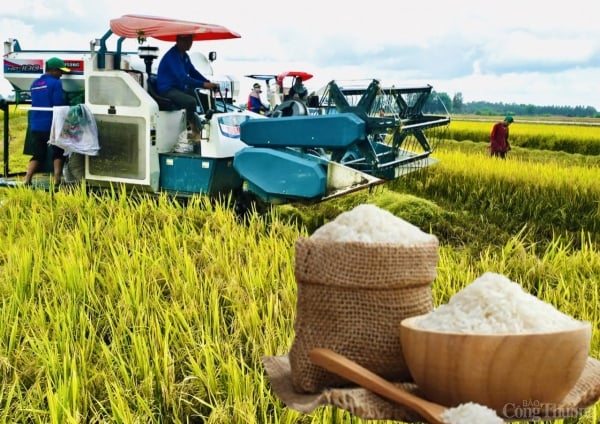
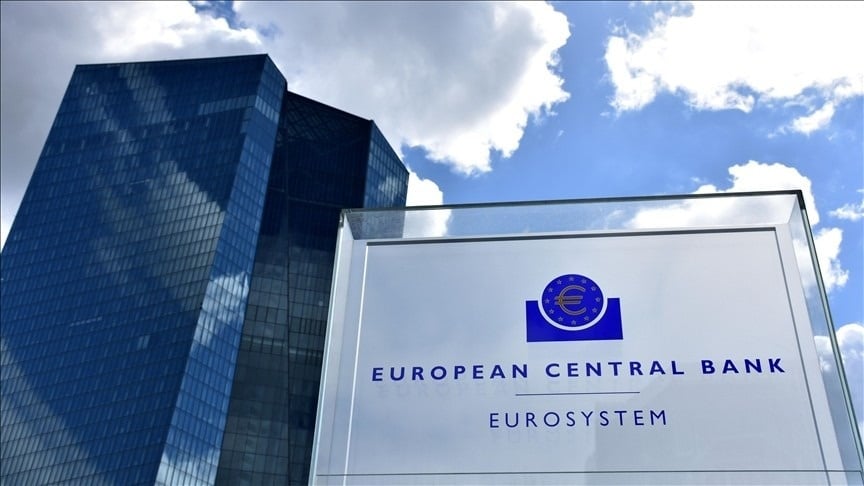



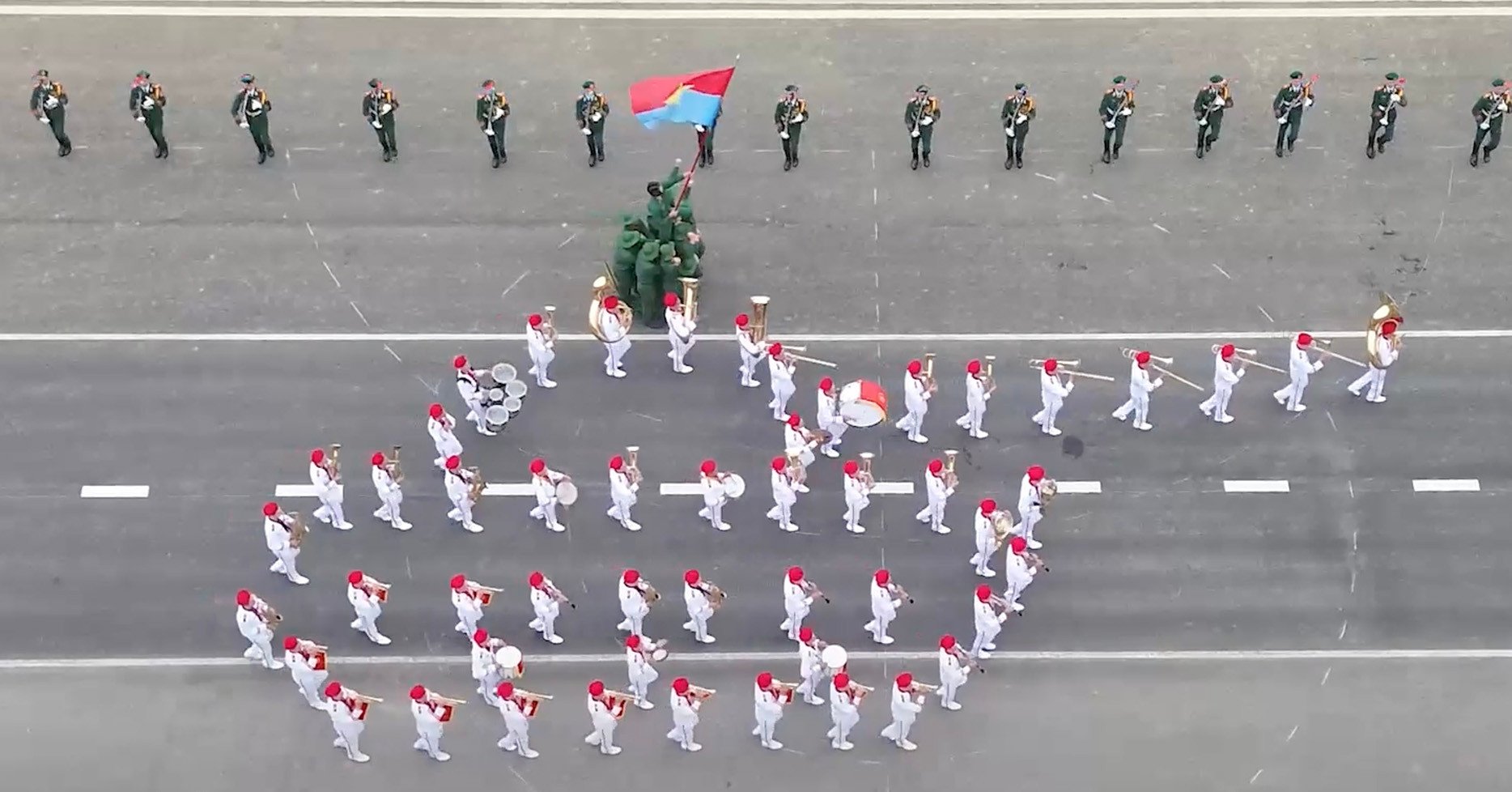


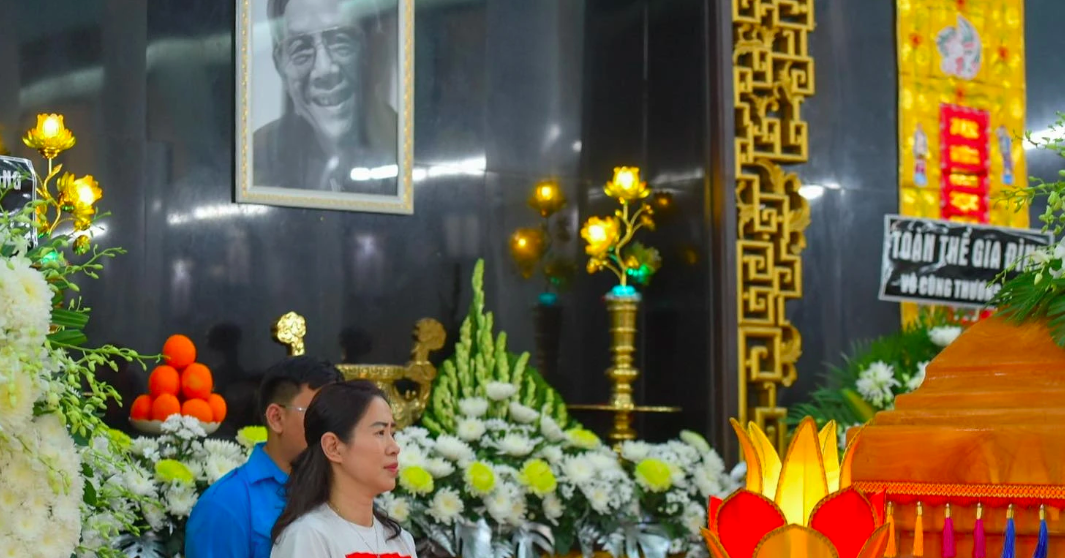

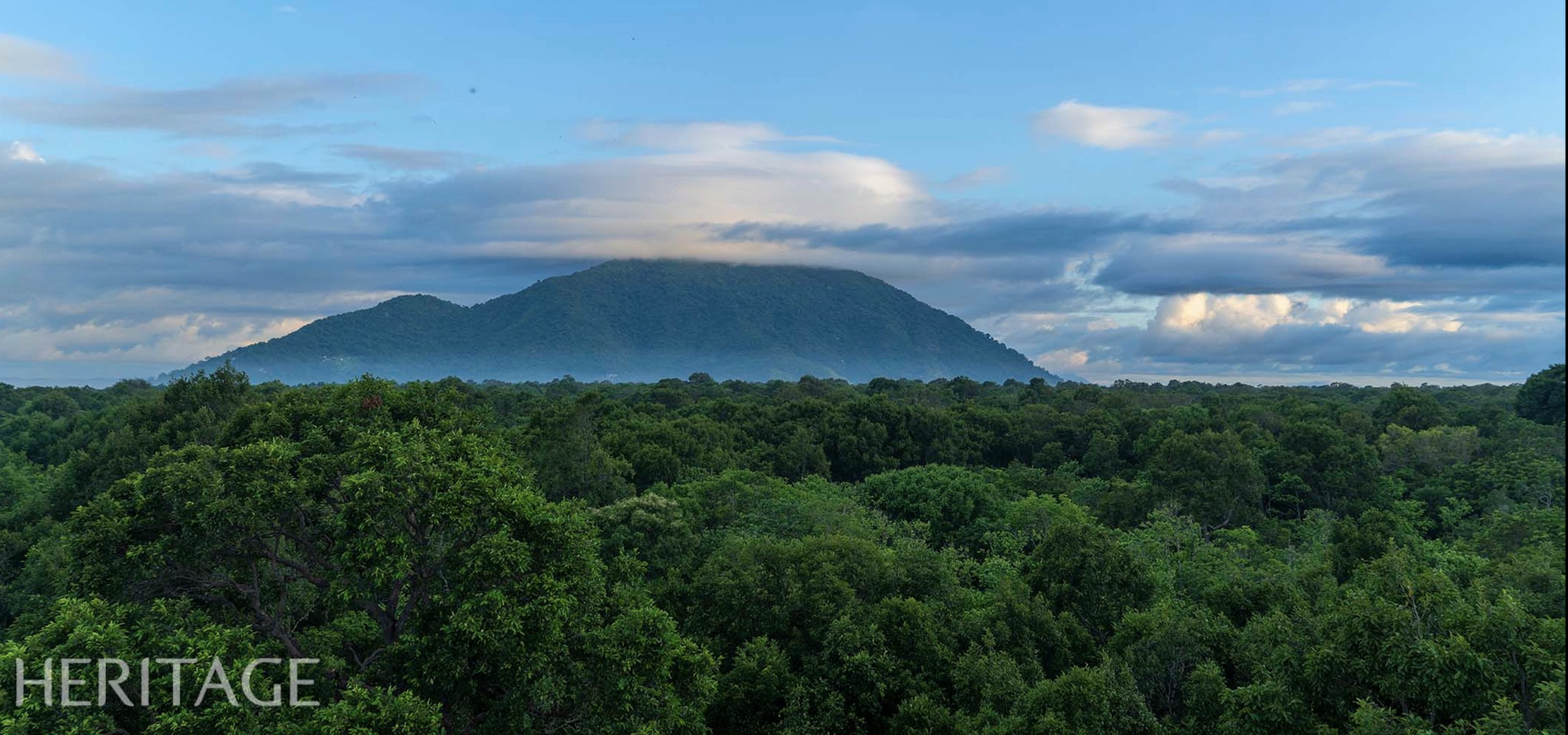
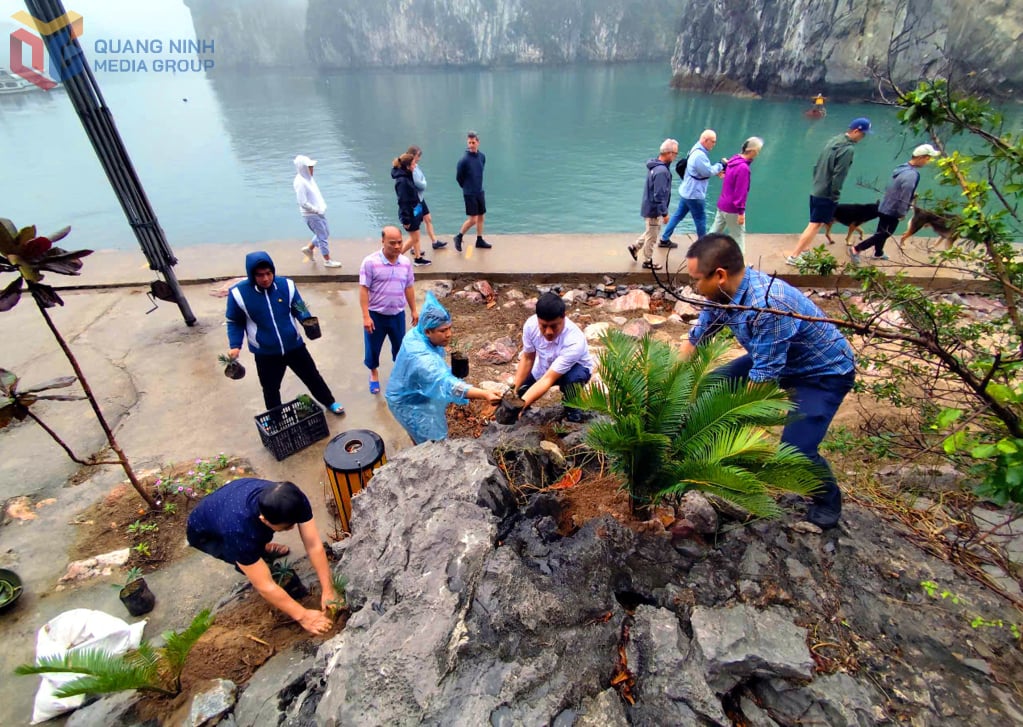

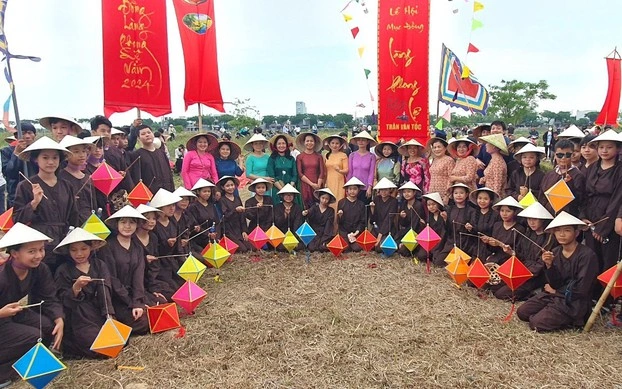




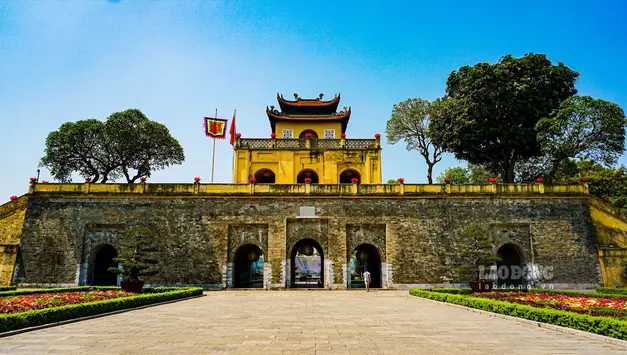



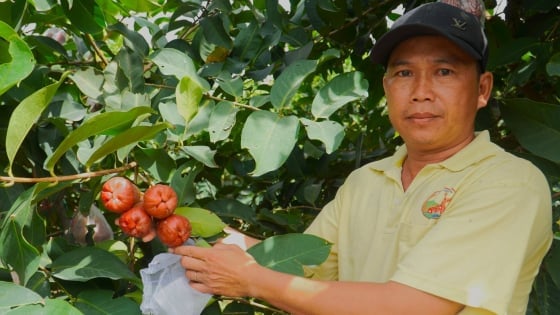









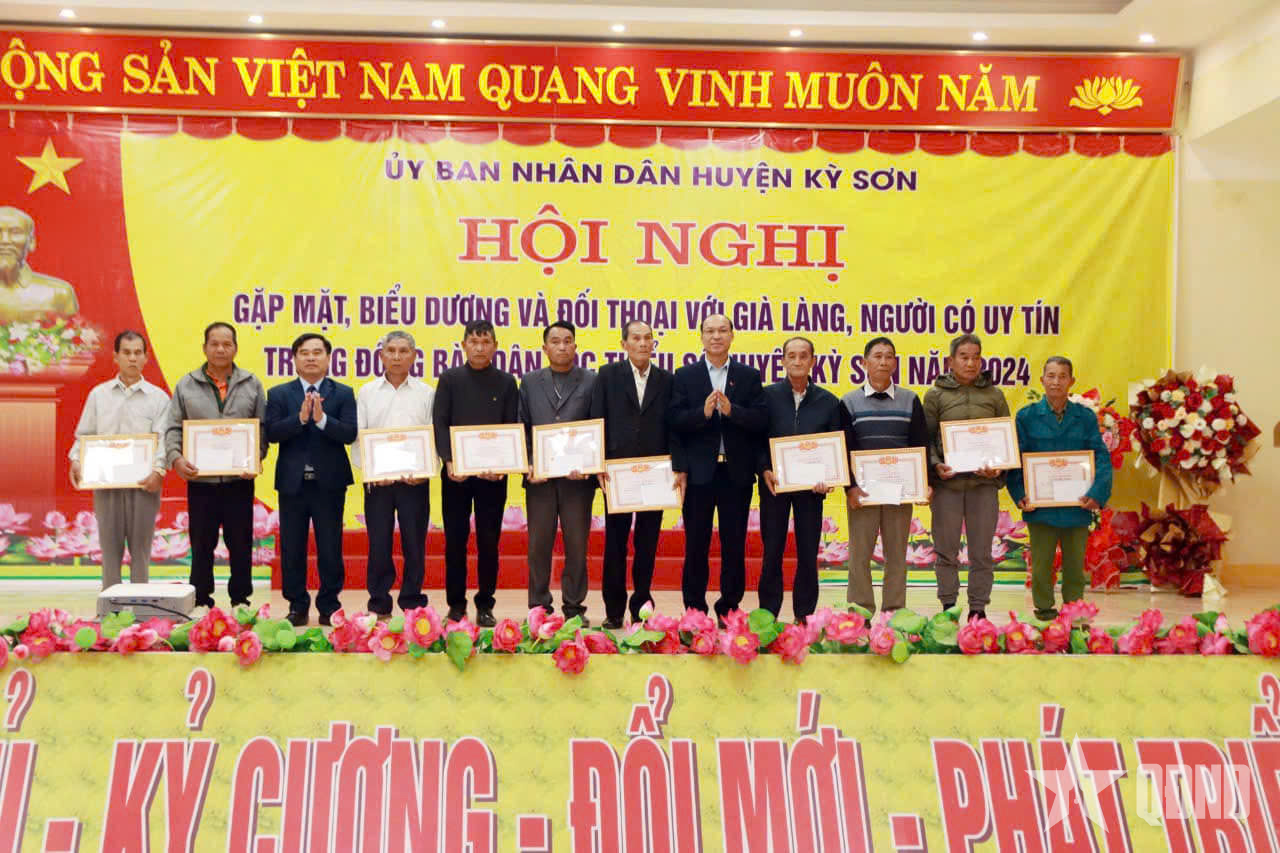












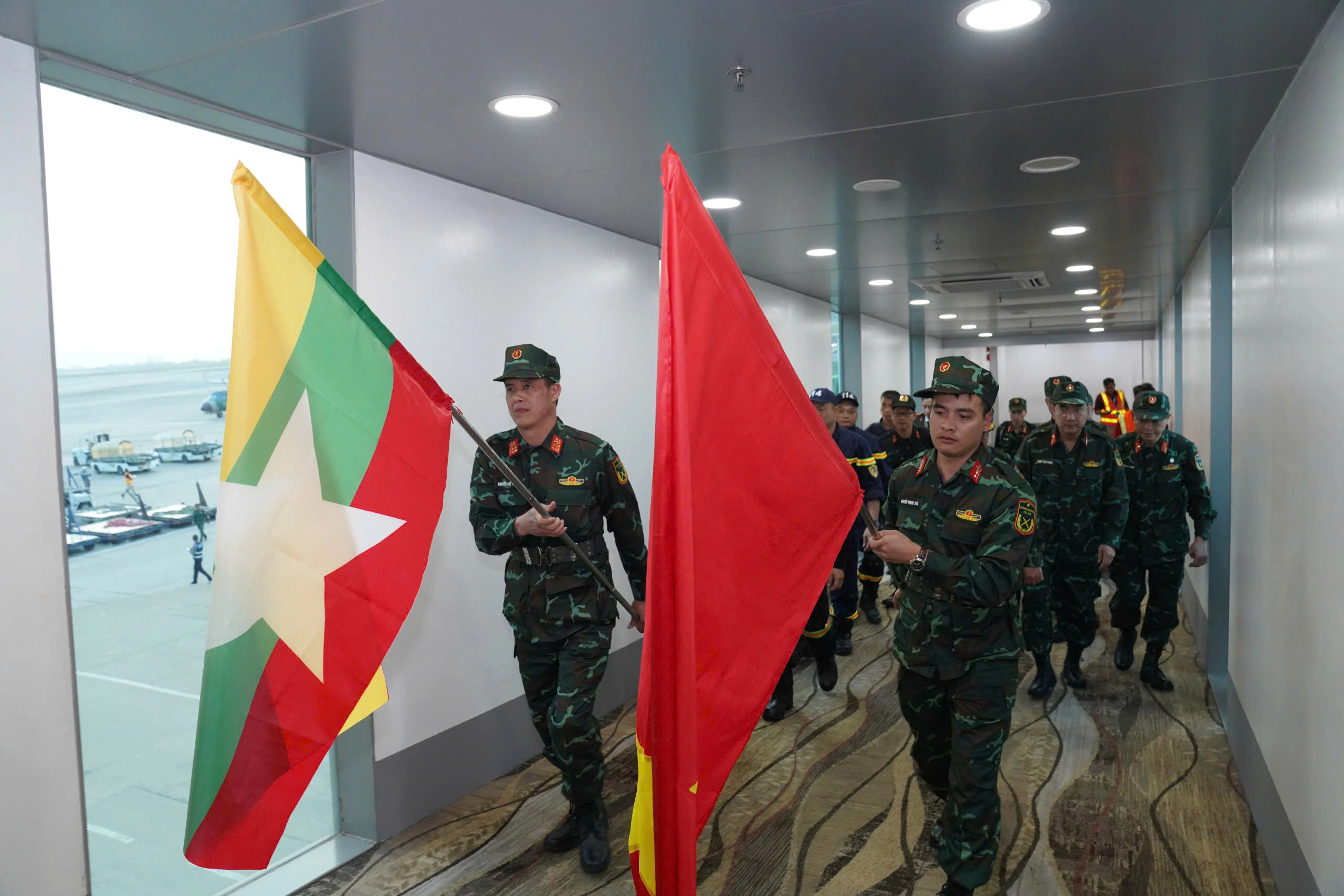

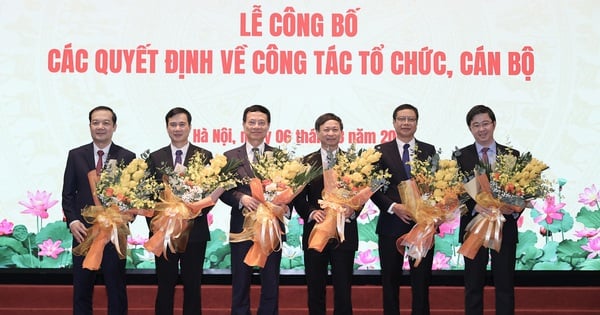

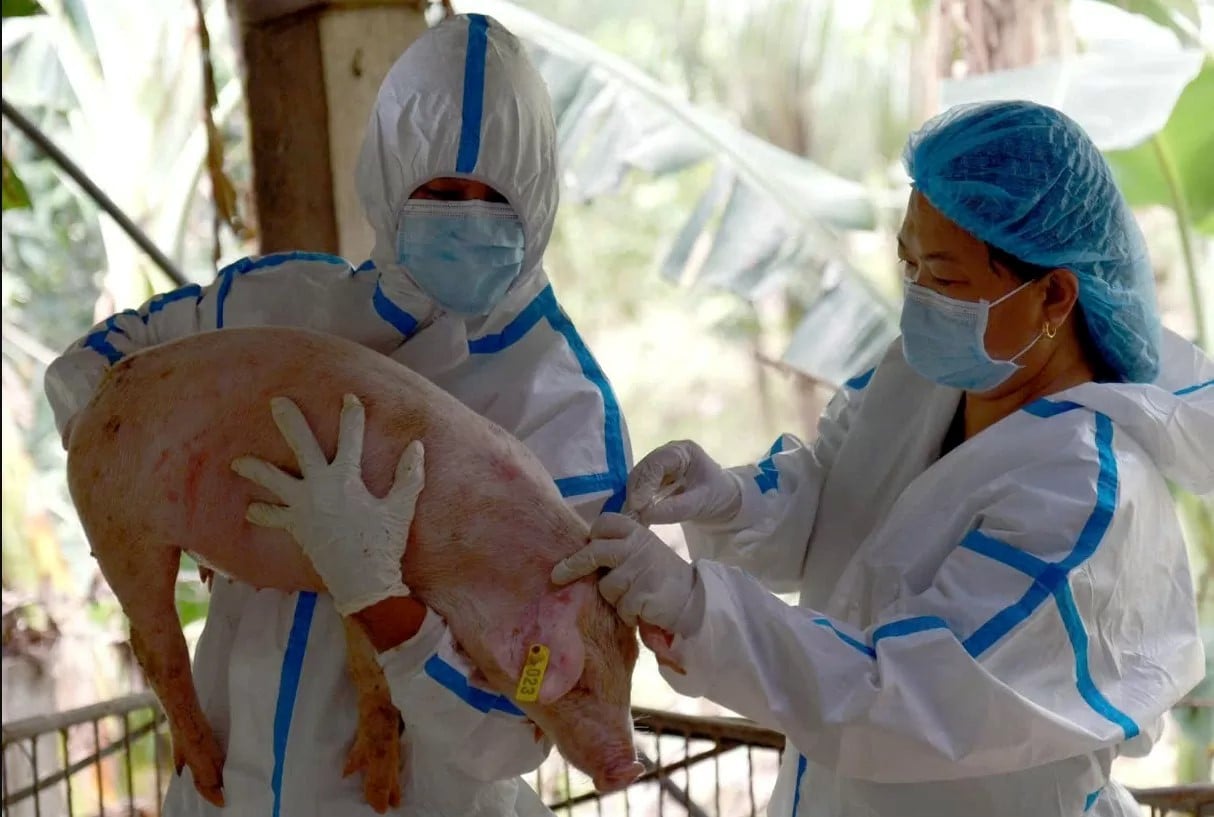

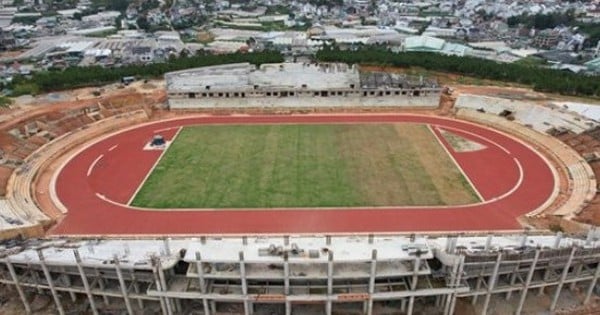

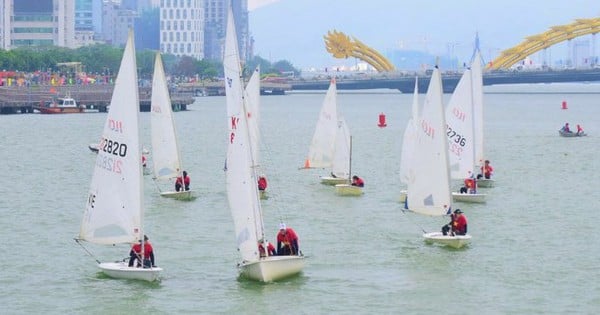

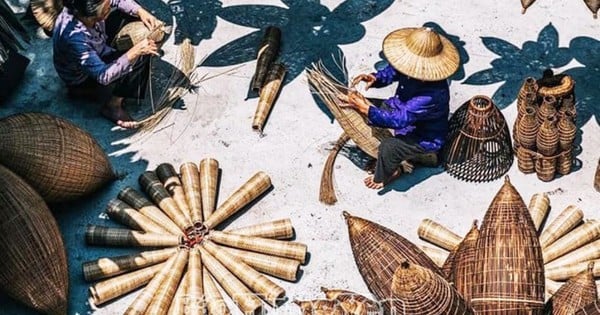
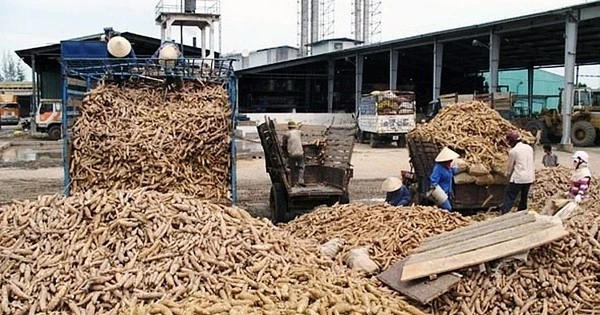

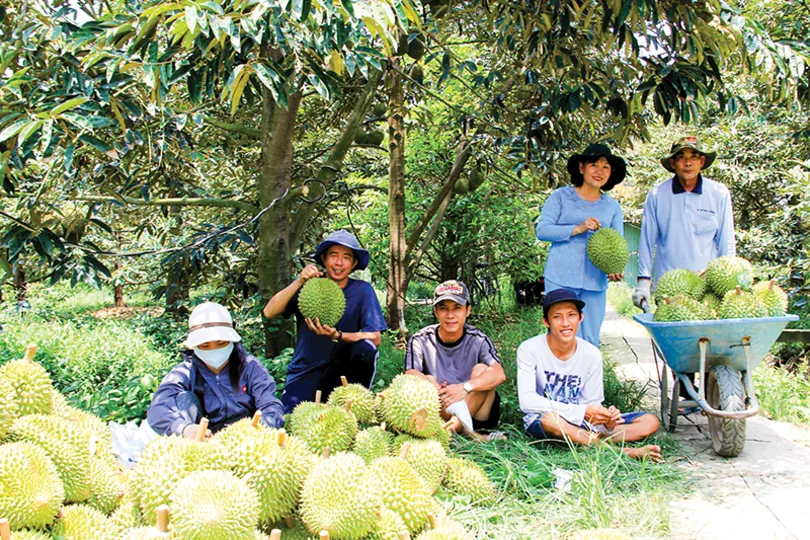

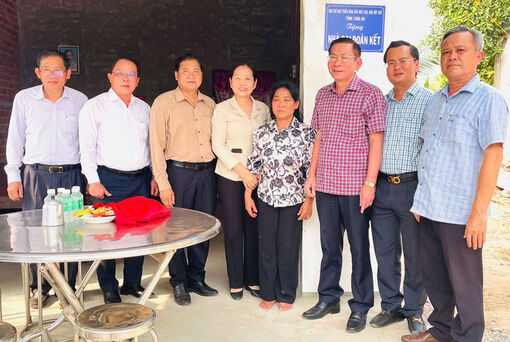

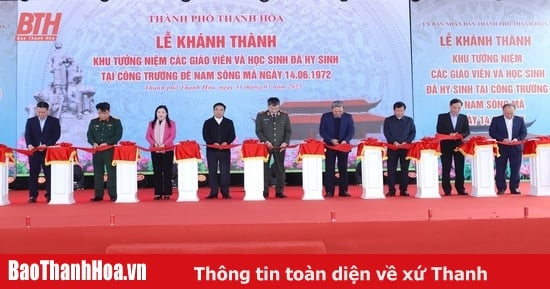

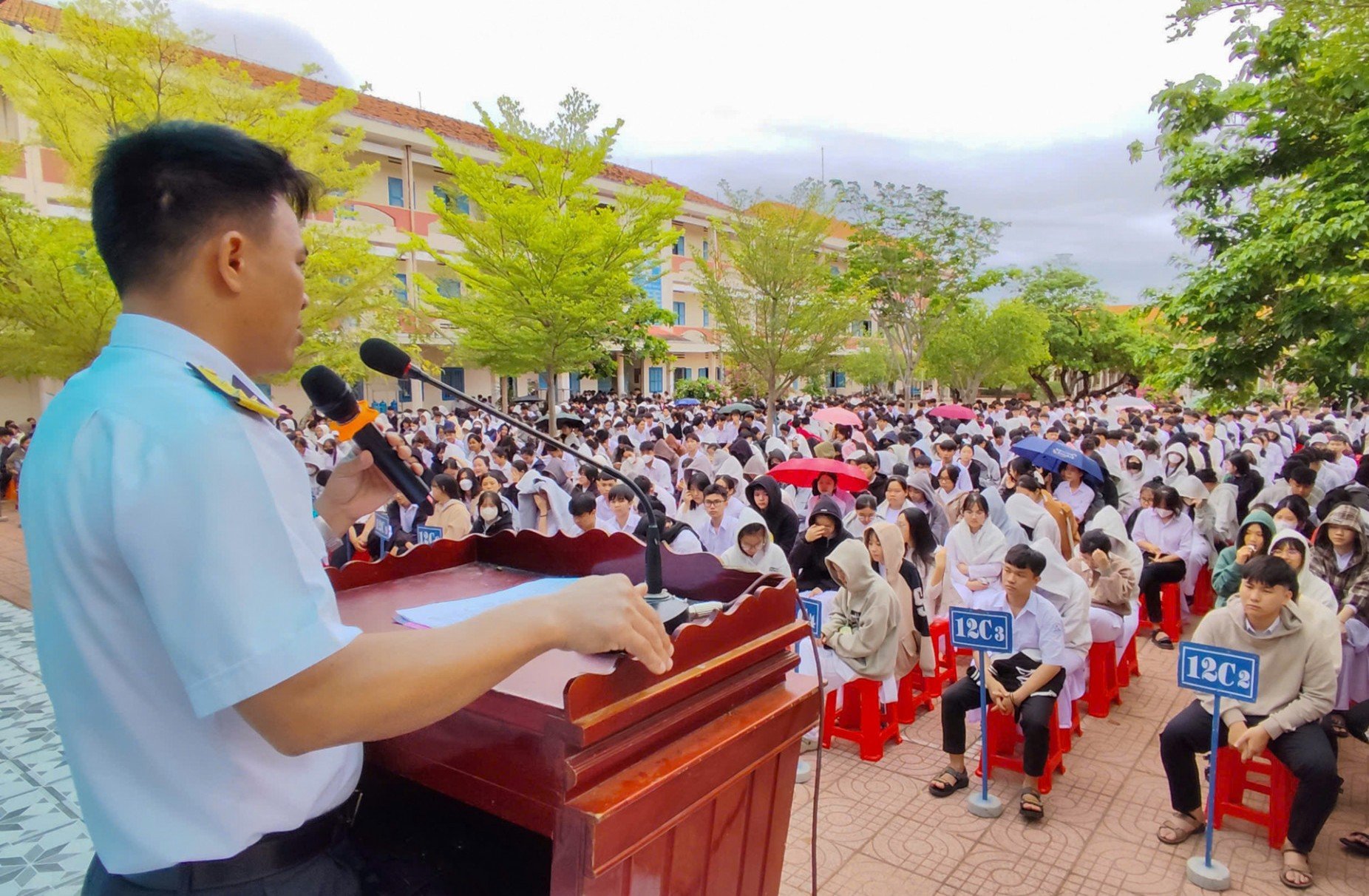

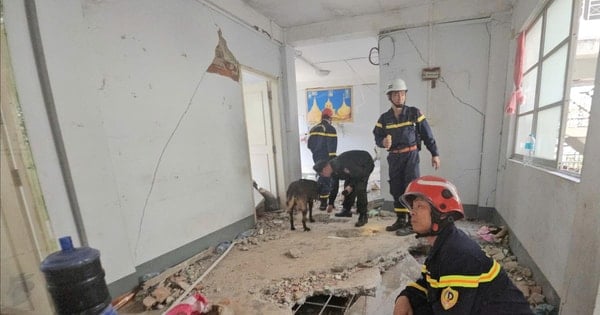







![[REVIEW OCOP] An Lanh Huong Vet Yen Cat](https://vstatic.vietnam.vn/vietnam/resource/IMAGE/2025/3/27/c25032328e9a47be9991d5be7c0cad8c)



Comment (0)